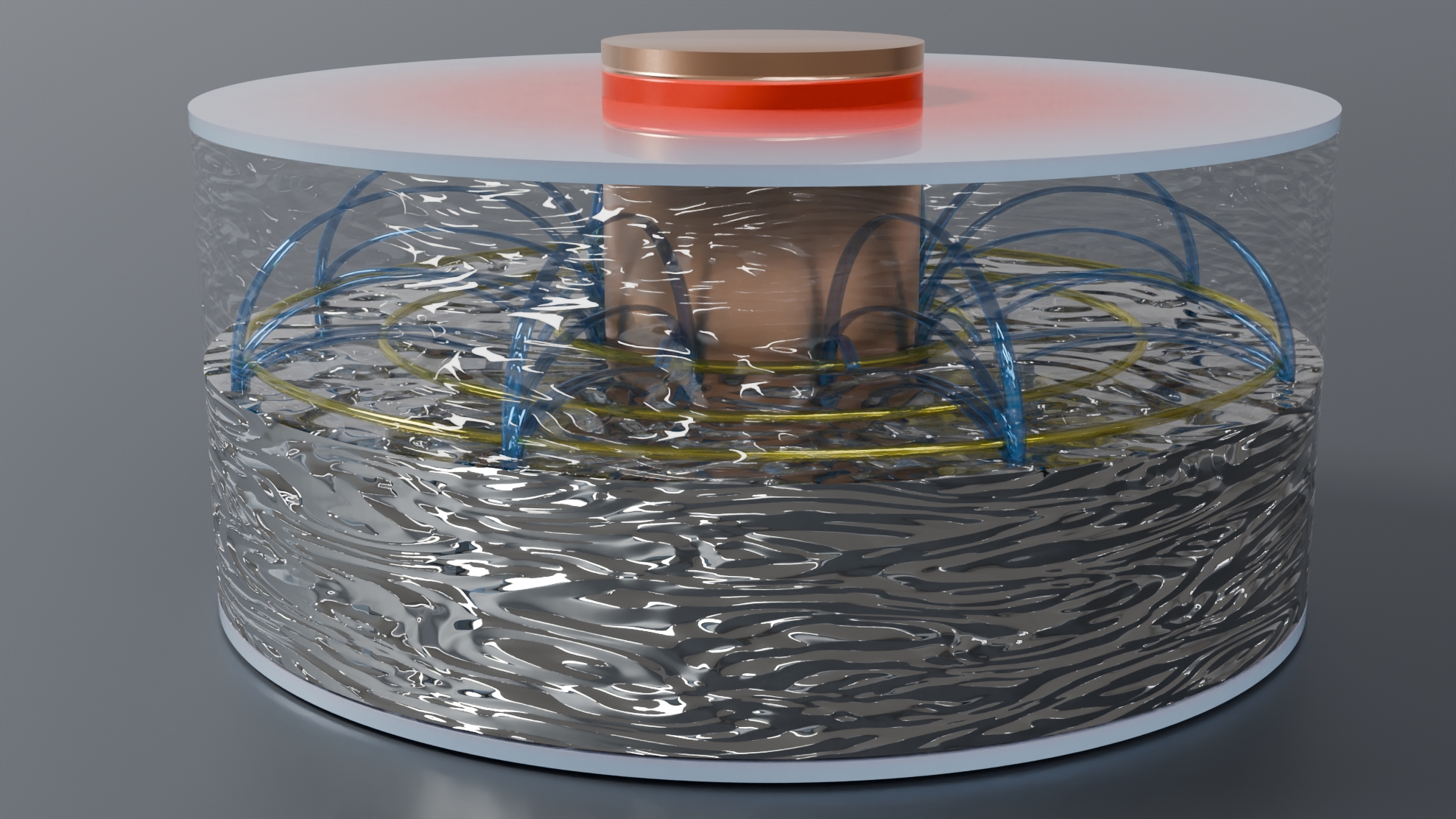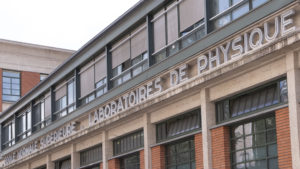The thermoelectric effect describes an energy transformation in which heat is converted into electricity and vice versa. This captivating interaction has long intrigued physicists, as it offers insight into the complex relationship between energy, temperature and matter. Thermoelectric materials generally involve an interface between two different solid semiconductors, and have a wide variety of applications: temperature sensors, refrigeration, environmentally-friendly power generation, etc.
Researchers at the Laboratoire de Physique de l’Ecole Normale Supérieure de Paris (LPENS) have obtained the first proof of thermoelectricity between two liquids. The experiment involves superimposing two immiscible metals, mercury and gallium, liquid at room temperature, in a cylindrical container. When a large radial temperature difference is imposed between the two cylindrical walls containing the liquid metals, an electric current flows across the interface between the two liquids.
Compared to the classical case, the liquid/liquid nature of the interface introduces new effects that have no counterpart in solid conductors. On the one hand, turbulent motions inside liquid metals give rise to a complex temperature distribution, resulting in an abnormally high current density near the boundaries, 10 to 100 times higher than in conventional solid systems. On the other hand, if the experiment is subjected to a magnetic field, this interacts with the currents to create highly efficient thermoelectric pumping of the liquids: a flow of around ten cm/s is generated in each layer, which then rotate in opposite directions.
This new thermoelectric effect could have a number of interesting applications. For example, the generation of a thermoelectric current at the interface between two liquids could play a role in Jupiter’s magnetic field, whose interior involves such an interface between molecular and metallic hydrogen. Furthermore, thermoelectric pumping can be used to optimize the performance of liquid metal batteries, a promising new energy storage technology based on a superposition of conducting fluids similar to the one described here.

Schematic 3D visualization of the thermoelectric interaction between two liquid metals. The gallium in the upper part is made transparent to better visualize the abnormally strong electric currents (in blue) and the associated magnetic field (in yellow).
More:
https://www.pnas.org/doi/10.1073/pnas.2320704121
Author affiliation:
Laboratoire de physique de L’École normale supérieure (LPENS, ENS Paris/CNRS/Sorbonne Université/Université de Paris)
Corresponding author: Christophe Gissinger
Communication contact: L’équipe de communication










